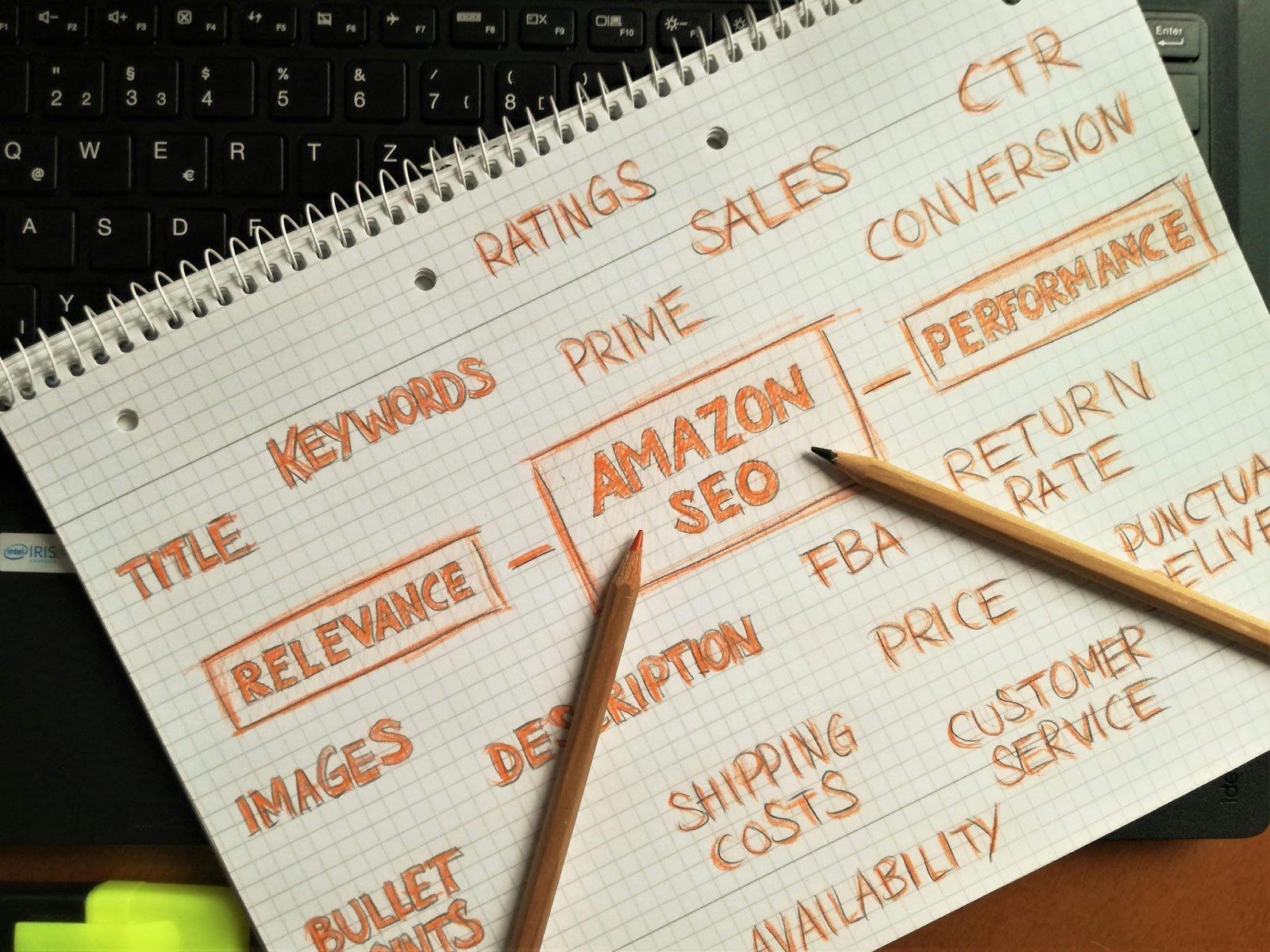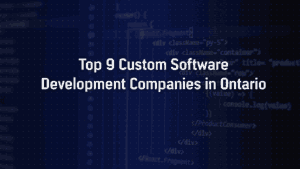Why Every Business Needs a Solid Brand Strategy Framework
Imagine a marketplace where your brand stands out, not just for its products, but for the trust it commands. Studies reveal that 81% of consumers need to trust a brand before considering a purchase, while consistent brand presentation can increase revenue by up to 23%. Additionally, 77% of shoppers are more inclined to buy from brands they follow on social media, making brand consistency and connection a non-negotiable factor in today’s saturated market.
But what happens when your brand’s voice varies across platforms? Confused customers walk away. Without a solid brand strategy framework, businesses face inconsistent messaging, diluted trust, and weaker customer retention.
Can your brand afford that risk?
A well-defined brand strategy framework not only ensures uniformity across all channels but also strengthens emotional connections, helping brands cultivate loyal communities and drive sustainable growth.
As competition intensifies and consumers demand authenticity, a structured brand strategy framework becomes the bridge between customer perception and business success. It positions your brand to not just survive—but thrive—in world where trust and consistency dictate purchasing decisions.
The 2025 Crisis-Proof Brand Strategy Framework

Building a brand strategy framework that withstands market volatility is no longer optional. With consumer behaviors shifting faster than ever, brands must stay ahead by integrating flexibility, data intelligence, and dynamic positioning. Here’s how forward-thinking brands are crafting frameworks that not only protect them during crises but also enhance long-term loyalty.
1. Explain How AI Rewires Brand Positioning
AI is transforming brand positioning by allowing companies to analyze unfiltered consumer sentiment and behavioral trends in real-time. Tools like sentiment analysis engines, powered by natural language processing, decode how customers feel about a brand across platforms. AI-powered brand audits reveal gaps between brand perception and reality, helping businesses refine their positioning before negative sentiment escalates.
For instance, AI-driven analytics can predict micro-trends before they go mainstream, allowing brands to pivot their messaging swiftly. By identifying emotional triggers and aligning them with product offerings, brands can create personalized experiences that resonate. The result? Enhanced trust and increased customer loyalty without guesswork.
2. Discuss the Death of Static Brand Architecture
Static brand architecture models are becoming obsolete in an era where consumer preferences change overnight. Brands sticking to rigid structures risk losing relevance as audience expectations evolve. Modern frameworks adopt a modular brand architecture where sub-brands, product lines, and campaigns are fluidly adjusted to adapt to cultural shifts, emerging platforms, and viral trends.
Consider the rise of short-form video platforms like TikTok, where brands had to pivot their tone, style, and content rapidly. A brand strategy framework that embraces modularity ensures your messaging stays culturally relevant and resonates with ever-changing audience preferences.
3. Highlight “Loyalty Loop” Engineering
Customer retention hinges on creating deeper emotional bonds that go beyond satisfaction. Brands that design customer loyalty loops effectively engineer repeated engagement by offering personalized rewards, exclusive content, and ongoing emotional connection. These loops leverage data to anticipate customer needs and deliver hyper-relevant interactions at key touchpoints.
Brands like Starbucks use data from their loyalty programs to offer customized promotions, turning occasional buyers into habitual customers. By embedding feedback loops and reward mechanisms into their brand strategy framework, brands ensure that customers return, advocate, and amplify their message.
3 Industries Secretly Winning with Strategic Brand Planning

Certain industries have mastered the art of leveraging a brand strategy framework to drive significant growth and customer loyalty. By implementing innovative models tailored to their unique audiences, these sectors achieve remarkable success. Let’s explore how three industries utilize strategic frameworks to redefine their markets.?
1. Direct-to-Consumer (DTC) Brands Utilizing “Micro-Community” Models
Direct-to-Consumer brands excel by fostering niche communities and creating highly engaged customer ecosystems. Rather than relying solely on mass advertising, they cultivate micro-communities of loyal advocates who organically amplify brand narratives. For instance, companies like Glossier have perfected this strategy by involving their communities in product development, making customers feel like co-creators rather than passive buyers.?
A well-defined brand strategy framework in the DTC space emphasizes building trust through authenticity, enabling brands to foster deeper emotional connections. User-generated content, community-driven feedback loops, and exclusive perks transform ordinary buyers into brand ambassadors, resulting in higher retention and organic growth.?
2. B2B SaaS Companies Employing Thought Leadership Strategies
In the B2B SaaS sector, traditional branding often takes a backseat to thought leadership and value-driven communication. Companies prioritize technical expertise and problem-solving narratives over flashy branding elements. By positioning themselves as knowledge leaders through whitepapers, case studies, and webinars, B2B SaaS brands build trust and credibility with decision-makers.?
The Brand Professor offers innovative, gamified, and engaging brand strategy workshops aimed at empowering SMEs, startups, and entrepreneurs. Their approach focuses on creating authentic and powerful brands that connect with customers and drive growth.
3. Personal Branding Agencies Enhancing Individual Visibility
Personal branding agencies specialize in crafting and promoting individual brands, helping professionals stand out in competitive markets. For example, Ohh My Brand focuses on personal branding, assisting professionals, entrepreneurs, and consultants in creating impactful personal brands that differentiate them from the competition.
By leveraging digital marketing, online reputation management, and tailored branding strategies, they enable clients to establish a strong online presence and achieve their career goals.
In the personal branding sector, a brand strategy framework centers on highlighting individual strengths, values, and unique selling propositions. By aligning personal narratives with professional goals, these agencies help clients build authentic and compelling brands that resonate with their target audience.
Building Your Brand Strategy Framework: 5 Step by Step Approach

Crafting a brand strategy framework that thrives in unpredictable environments requires innovative approaches. Modern brands move beyond conventional playbooks, exploring lesser-known techniques that extract hidden insights, prepare for unexpected disruptions, and enhance customer relationships. These five steps lay the foundation for a flexible and forward-thinking brand architecture model that aligns with business goals.
1. Guide Teams to Mine “Dark Data”
Valuable insights often hide in unstructured sources such as Reddit threads, customer service transcripts, and social media comments. This “dark data” reflects raw, unfiltered opinions that traditional surveys overlook. Analyzing this data reveals patterns that expose pain points, emerging trends, and customer frustrations. Integrating these insights into your brand strategy framework allows you to address concerns, refine brand positioning, and adapt messaging effectively.
2. Implement “Schizophrenic Brand Audits”
Traditional brand audits focus on past performance, but they rarely assess a brand’s resilience in future scenarios. “Schizophrenic brand audits” simulate multiple potential situations, such as sudden market shifts, AI-driven disruptions, or public perception challenges. Running these audits enables brands to evaluate weaknesses and refine strategies to remain prepared for unpredictable challenges. Incorporating this approach into your brand strategy framework strengthens long-term adaptability and ensures brand consistency.
3. Create a “Brand Sabotage” Playbook
Digital misinformation and viral crises can damage even the most established brands. A “brand sabotage” playbook outlines pre-planned responses for handling reputation threats such as deepfake content, viral misinformation, or unexpected controversies. Defining roles, timelines, and communication protocols ensures a rapid and coordinated response. Brands that prepare for these scenarios within their brand strategy framework can mitigate reputational risks effectively while maintaining stakeholder alignment and trust.
4. Build “Customer Obsession Blueprints”
Customer loyalty stems from meaningful emotional connections, not just transactional satisfaction. “Customer obsession blueprints” map critical touchpoints where brands can personalize experiences, strengthen relationships, and increase engagement. Brands that document and refine these blueprints cultivate a loyal customer base that remains engaged over time. Including these blueprints in a brand strategy framework ensures that consumer behavior analytics guide decision-making, resulting in ROI-driven branding and higher retention rates.
5. Audit Digital Footprints for Cultural Sensitivity
Brands communicate with global audiences across diverse cultures, making cultural sensitivity a priority. Regular audits of digital content and marketing materials ensure that messages resonate appropriately and avoid potential missteps. Proactively identifying and correcting culturally insensitive content protects brand reputation and strengthens community trust. Embedding these audits into a brand strategy framework promotes cultural relevance and strengthens long-term credibility.
Here’s a detailed table capturing “Building Your Framework: 5 Unconventional Steps” with a numbered column for better structure:
| No. | Step Name | Description | Purpose |
|---|---|---|---|
| 1 | Guide Teams to Mine “Dark Data” | Extract hidden insights from unconventional sources like Reddit, customer service transcripts, and social media comments. | Unfiltered feedback highlights pain points and uncovers unmet customer needs. |
| 2 | Implement “Schizophrenic Brand Audits” |
Run stress-tests to simulate future market disruptions, AI shifts, and perception challenges. | Evaluates a brand’s resilience by identifying vulnerabilities across multiple scenarios. |
| 3 | Create a “Brand Sabotage” Playbook | Prepare detailed response protocols to handle threats such as viral misinformation or deepfake scandals. | Minimizes reputation damage and ensures a coordinated, rapid response to crises. |
| 4 | Build “Customer Obsession Blueprints” | Map critical touch points where brands can deepen emotional connections and strengthen loyalty. | Enhances customer retention by anticipating needs and delivering personalized experiences. |
| 5 | Audit Digital Footprints for Cultural Sensitivity | Review digital content regularly to identify and eliminate potentially insensitive or misaligned messaging. | Safeguards brand reputation by ensuring messaging resonates with diverse audience segments. |
Adopting these unconventional steps transforms a brand strategy framework into a dynamic system that evolves with market changes and customer expectations. This proactive approach equips brands to stay relevant, maintain competitive differentiation, and navigate challenges with confidence.
Measuring Success with Brand Architecture Model

A brand strategy framework succeeds when it drives real engagement, loyalty, and long-term growth. Superficial indicators like social media likes or page views create an illusion of success, but they rarely reflect meaningful progress. To assess whether a framework is delivering results, brands need to focus on actionable metrics that measure customer behavior and brand resilience.
1. Track “Obsession Metrics”
“Obsession metrics” go beyond traditional engagement indicators by measuring the depth of customer interaction. These metrics include repeat purchase rates, time spent engaging with branded content, and the volume of user-generated content (UGC). Higher levels of UGC and prolonged interaction signify a stronger emotional connection between the brand and its audience.
When these interactions are consistently tracked, brands can identify opportunities to refine their brand strategy framework. Adjustments based on these insights reinforce loyalty and strengthen customer relationships over time.
2. Calculate Cultural Relevance Scores
A cultural relevance score measures how frequently a brand becomes part of organic conversations, from social media memes to podcast mentions. High scores indicate that the brand resonates with societal trends and remains embedded in public discourse. Brands that maintain cultural relevance stay top-of-mind and secure stronger emotional ties with their audience.
Tracking these scores helps evaluate whether the brand strategy framework reflects audience values and anticipates cultural shifts. Maintaining relevance ensures that a brand continues to hold significance across different audience segments.
3. Audit Competitors’ Weaknesses as Your KPI
Analyzing competitor vulnerabilities uncovers gaps where brands can gain a competitive edge. Competitor weakness audits assess inconsistencies in messaging, gaps in customer service, and response failures during crises. These audits highlight opportunities to adjust frameworks and reinforce brand strengths.
By embedding competitor analysis into the brand strategy framework, brands stay prepared to pivot and capitalize on missed opportunities. This vigilance fosters ongoing improvement and protects market position.
4. Measure Retention Through Loyalty Loops
Loyalty loops measure recurring customer interactions that indicate sustained brand affinity. These loops capture repeat purchases, engagement with loyalty programs, and customer advocacy through referrals or reviews. Evaluating these patterns offers insights into the emotional strength of customer relationships.
Retention data highlights where adjustments in the brand strategy framework can further nurture trust and deepen customer loyalty. Strengthening these loops leads to more consistent revenue and higher brand affinity.
5. Evaluate ROI from Crisis-Ready Frameworks
A crisis-ready brand strategy framework safeguards brand reputation while maintaining customer trust during unforeseen events. Measuring the speed and effectiveness of a brand’s response during public scrutiny reveals the strength of its crisis management protocols.
Brands that assess post-crisis reputation recovery gain valuable insights into improving future responses. This ongoing evaluation ensures that frameworks evolve to meet unexpected challenges while minimizing revenue loss and protecting brand equity.
Prioritizing these advanced metrics transforms a brand strategy framework into a dynamic system that adapts and evolves with market changes. Consistently measuring the right indicators helps brands refine their strategies, deepen customer connections, and maintain relevance without relying on surface-level metrics.
Conclusion

A brand strategy framework functions as a dynamic system that adjusts to changing market conditions, audience preferences, and business objectives. Frameworks that adapt over time help brands maintain consistency across channels and reinforce trust through aligned messaging. Personalized experiences embedded in these frameworks strengthen emotional connections, fostering long-term loyalty.
If you are a startup or SME looking to build a resilient brand that connects authentically with your audience, then go with The Brand Professor. They use gamified and interactive workshops to create powerful, culturally relevant brand strategies. On the other hand, if you are a consultant, entrepreneur, or executive aiming to establish a strong personal brand and enhance your online visibility, Ohh My Brand specializes in digital reputation management and customized branding solutions tailored to your professional goals.
A well-defined brand strategy framework keeps your brand adaptable and responsive to industry changes. It protects brand equity by embedding loyalty loops, monitoring competitor weaknesses, and preparing for unexpected crises. Brands that embrace this structured approach remain agile, relevant, and capable of driving sustainable growth in unpredictable environments.
People also asked
1. What is a brand strategy framework, and why is it important?
A brand strategy framework defines how a brand communicates its values, mission, and unique positioning. It ensures consistency across touchpoints and builds customer trust. This framework drives brand equity, competitive differentiation, and emotional connections, making it essential for long-term success and customer loyalty.
2. How do I develop a brand strategy framework for my business?
To build a brand strategy framework, define your brand’s mission, target audience, and unique value proposition. Incorporate strategic brand planning, ensure brand consistency, and establish visual identity guidelines. Implement the framework across channels to maintain relevance and foster loyalty through customer obsession blueprints and culturally sensitive messaging.
3. What are the key components of an effective brand strategy framework?
An effective brand strategy framework includes brand positioning, target audience profiles, messaging guidelines, brand equity valuation, and visual identity elements. It integrates customer loyalty loops, competitor audits, and cultural relevance assessments to maintain alignment between brand objectives and customer perceptions.
4. How does a brand strategy framework differ from a marketing strategy?
A brand strategy framework defines the brand’s identity, brand architecture model, and messaging, while a marketing strategy focuses on promoting that identity. The framework guides stakeholder alignment and long-term growth, whereas marketing tactics aim to engage the target audience and drive conversions through ROI-driven branding efforts.
5. Can small businesses benefit from implementing a brand strategy framework?
Yes, a brand strategy framework helps small businesses build trust, create competitive differentiation, and maintain brand consistency. It guides messaging, establishes stakeholder alignment, and enhances customer loyalty through personalized experiences. Small brands gain a competitive edge by aligning with audience expectations and reinforcing emotional connections.
6. How often should a brand strategy framework be updated?
A brand strategy framework should be reviewed quarterly, incorporating consumer behavior analytics and market trends. Regular updates ensure brand consistency and relevance. Businesses should adjust frameworks in response to changes in audience sentiment, competitor strategies, or technological shifts to maintain cultural relevance and competitive positioning.
7. What are common challenges in implementing a brand strategy framework?
Challenges include achieving stakeholder alignment, maintaining brand consistency across platforms, and adapting to evolving trends. Resource constraints and inconsistent internal communication also hinder effective implementation. Regular brand audits and crisis-ready frameworks address these challenges, ensuring continued relevance and competitive differentiation.
8. Are there any recommended tools or templates for creating a brand strategy framework?
Yes, tools such as ManyRequests and branding questionnaires assist in building a brand strategy framework. These resources guide strategic brand planning, identify customer loyalty loops, and ensure consistency across digital footprints. Templates streamline framework development by addressing critical components like brand equity valuation and omnichannel messaging.




